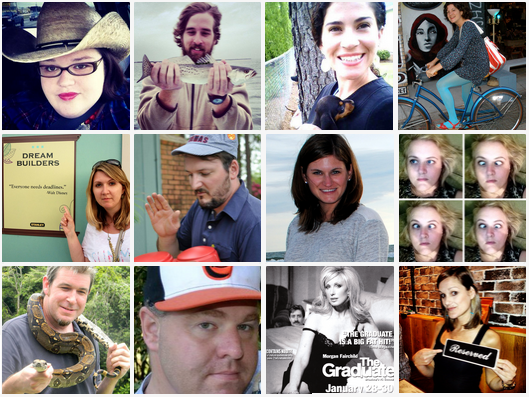
Every writer has tendencies that distract from the most important thing: the story. These habits appear over and over agin in first drafts. Most of us aren’t even aware of them until we begin the editing process. And that’s okay! First drafts are about getting the story down and nothing else.
But being aware of your habits and tendencies make the editing process much easier. When you know what to look for, you can spot distracting phrases and punctuation and get rid of them. If any of the habits on this list sound familiar, keep a sharp eye out while you edit.
1. Ellipses
When writers…overuse ellipses…they begin to distract from the story…
Okay, no more of that. Of course, when using ellipses, it’s important to use them correctly. But it’s also important to use them only when necessary. In most cases, you can replace ellipses with action. If you’re character pauses in the middle of a sentence, break the dialogue and describe what he or she is doing. Or simply say, “She paused.” Even a simple interjection can be far less distracting than ellipses.
2. Very
You’ve probably heard this one, but it’s entirely true. William Allen White said, “Substitute ‘damn’ every time you’re inclined to write ‘very.’ Your editor will delete it and the writing will be just as it should be.”
The word “very” adds little to any description. Which is stronger?
“The tree was very tall.”
or
“The tree stretched toward the sky.”
Replace “very” with an action, a metaphor, or a more descriptive adjective to get more mileage for your words.
3. Long or Short Paragraphs
Long paragraphs that go on for pages can make a reader’s eyes glaze over, and short, punchy paragraphs can sound contrived. Short, even one-sentence paragraphs can be effective when used in moderation, but using too many in the span of a few pages becomes distracting, akin to “jump scares” in horror films.
Avoid using writing techniques that draw attention to themselves. If the reader is thinking about the manner in which you chose to place the words on the page, they’re not thinking about the story.
4. Adverbs
This is an oldie but a goodie. No, I’m not asking you to strike all the adverbs from the dictionary. Use them, but don’t overuse them. Like most of these tips, the important thing is to ask yourself whether the adverb is necessary and truly adds to the writing. Is there more effective phrasing you could use? Oftentimes, the answer is yes.
5. Similar Sentence Structures
Your high school English teachers told you to vary your sentence structures, but have you thought about why that’s a good idea? Try writing four or five sentences with the same structure. Then read it to yourself. Notice how quickly you fall into the repetitive rhythm and forget about the words your reading. Once that happens, you’ve lost the reader.
Keep the Focus on the Story
Remember, there are exceptions to every rule, but if the writing techniques you’re using are distracting from the story, it’s time to switch tactics! If any of the habits we talked about sound familiar, pay close attention during your next round of editing. If you know you have a tendency to overuse adverbs, circle every adverb you see. Then go back over the manuscript, asking whether each adverb is necessary and effective.
Root out bad habits to make your writing stronger and to let the story shine through!
***
Photo by Albert Mock



